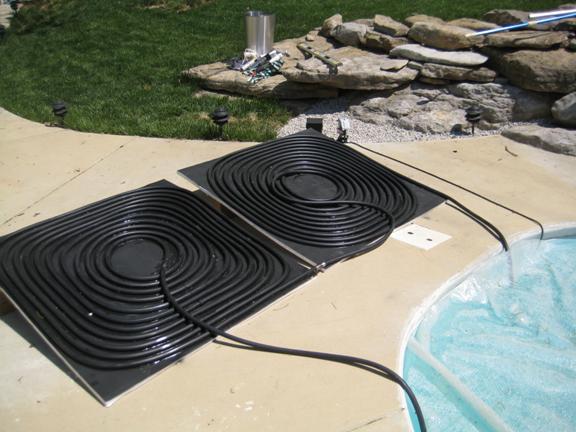I have a heat pump that works well - when I turn it on. Since our yard surrounding the pool gets a lot of southern exposure, I'm thinking about installing a couple of these black solar pipe heaters in line with the return jets. My thinking is that the black pipes would passively capture solar heat and inject warmth into the pool throughout the day. I would install them out of the way so they don't become eyesores. What does TFP think? Any negatives to consider? Thanks.





